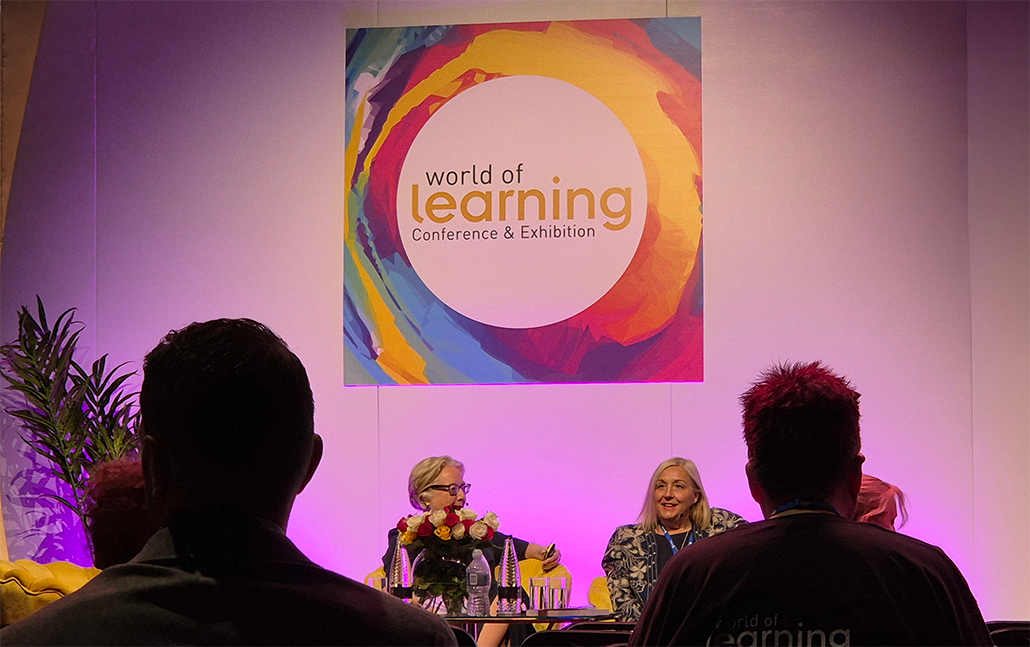Frank Weishaupt on working through immersive technologies that will build and nurture collaboration and innovation in a hybrid workforce
Pre-pandemic, companies competed with one another for the best in-office perks – who had the best stocked fridge, the greatest selection of IPA on tap and the sleekest ping pong tables. Quirky office features have long been used to entice the best talent and help distract from the extensive hours spent at work. But as we emerge from the pandemic, that’s all come under a new focus.
Many companies will never return to a fully on-site schedule. Google has promised employees “a 30-day period to transition to a hybrid schedule” going into 2022, while the likes of Spotify and Twitter have opted to continue with fully remote working. The demands and desires of employees are changing, and companies must work to meet these demands.
While distinctive office design, artisanal snacks and Yoga Tuesdays are still nice additions to office culture, flexible approaches to working remotely will become the cornerstone for enticing talent going forward. With the prospect of an office metaverse and Zoom fatigue at its highest, technology that facilitates a more immersive work environment has never been more important.
Creating immersive spaces
To keep employees content, retain top talent, and keep businesses performing, companies need to look to emerging technology to create immersive collaborative spaces that enhance the hybrid office. Adopting avatars, holograms and virtual reality (VR) for meetings to create more engaging and collaborative workspaces ensures that employees who choose to work from the office continue to reap the benefits while remote workers still feel included.
Technology that facilitates a more immersive work environment has never been more important
ake the Google campfire meeting set up organised in a socially distanced semicircle with screens set at eye level so that people dialling in remotely feel part of the huddle and can engage with those in the room more easily. Essentially, those in the office don’t want to sit staring at their screen on endless video calls while those dialling in remotely don’t want to lose out of the collaboration in person interactions can facilitate. Incorporating immersive technology into workspaces will bridge this gap to increase productivity and collaboration.
Taking the office to the metaverse
Perhaps the most immersive of these new technologies is the metaverse – a virtual world that recreates opportunities for work, socialising, entertainment, and education. By allowing everyone to interact on the same level playing field regardless of location, the metaverse has the potential to boost inclusion and diversity in the workplace. Similarly, creativity and collaboration can also benefit from the seamless social interactions that the metaverse can facilitate. Indeed, an office metaverse may help to reduce proximity bias by ensuring that those in the office full-time don’t receive unfair preferential training, treatment or progression.
And the idea is not unpopular. Research released recently suggests that nearly half (47%) of the UK population want companies to adopt the metaverse in the workplace, while nearly two thirds (65%) also believe that it will increase workplace flexibility.
Ensuring flexible working, works for everyone
It’s clear that employees perform just as well, if not better, in a hybrid work environment. The State of Hybrid Remote Work survey showed that nearly two-thirds (59%) of UK business leaders believe that hybrid working makes companies more profitable. However, flexible working policies must now go beyond simply allowing people to work from home a couple of days a week. Businesses will need to figure things out through trial and error and by speaking to their team about what hybrid work means to them – is hybrid work a four-day work week or is it giving flexible hours across seven days?
There isn’t a one size fits all and companies need to make sure that employees aren’t missing out on the many benefits by limiting their work in redefining the post-pandemic office.
Employees have come to expect increasing transparency and flexibility from their employers throughout the pandemic and beyond. Top talent is interested in working for companies that have more modern and adaptable working policies. People development strategies and policies will ensure that employees are getting the most out of the new world of work, while adopting new and advanced technology will help to facilitate these policies, creating more immersive workspaces and bridging the gap between in person and remote workers.
Frank Weishaupt is CEO of Owl Labs



